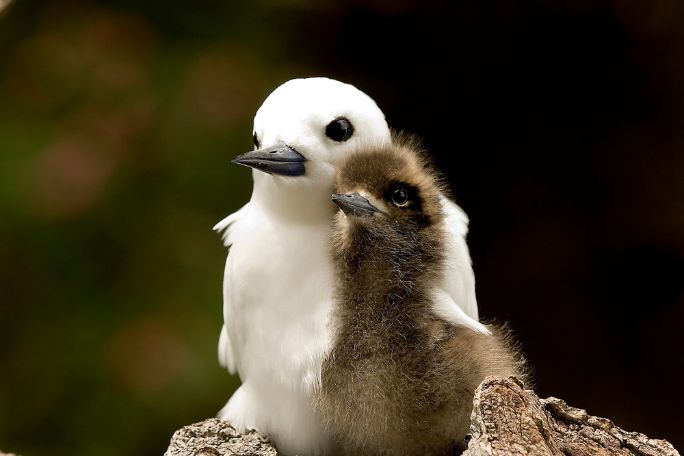Lesson summary
Speciation occurs when part of a population is reproductively isolated from the rest of the population (e.g. they do not interbreed), and over time become genetically unique. Their genetics become so different to the original population that if the two populations were reintroduced they either would not mate, or if they did, they would not produce viable offspring.
Lord Howe Island is one of few places where evidence of both allopatric and sympatric speciation has been found. Evidence for sympatric speciation can be more difficult to find, but has been documented on Lord Howe Island in two species of Howea palm, Howea Belmoreana and Howea Forsteriana.
In this fascinating, engaging biology lesson, students are guided through a model of speciation, taking an ancient flora or fauna from mainland Australia and thinking critically and creatively to apply selection pressures from a new environment and predict what traits will be magnified over many generations.
Learning intentions:
Students will...
- understand the elements required for speciation to occur
- understand how different environments provide selective pressures on organisms
- understand how adaptations help organisms survive in their environment
- understand how to identify traits that will be advantageous for specific environments.
Success criteria:
Students can...
- apply their knowledge of adaptations and phenotypic traits to an organism to determine how a new environment would affect it
- predict which traits will be advantageous and will magnify over many generations.
Lesson guides and printables
Curriculum links
Select your curriculum from the options below.
Lesson details
Curriculum mapping
Australian Curriculum content descriptions:
Year 10 Science:
- The theory of evolution by natural selection explains the diversity of living things and is supported by a range of scientific evidence (ACSSU185)
Syllabus outcomes: SC5-14LW
General capabilities: Critical and Creative Thinking
Cross-curriculum priority: Sustainability
Relevant parts of Year 10 Science achievement standards: Students evaluate the evidence for scientific theories that explain the origin of the universe and the diversity of life on Earth. They explain the processes that underpin heredity and evolution.
This lesson is part of the wider unit of work Lord Howe Island – Years 8 & 10
Time required: 85+ mins
Level of teacher scaffolding: Medium – Facilitate a video analysis and class discussion, supervise groups and provide guidance during the activity
Resources required
- Art Supplies – coloured pencils and textas (optional)
- Device capable of presenting a video to the class
- Lord Howe Island speciation comparison images
- Printed environment descriptors – multiples may be needed depending on class size
- Student Worksheets – one copy per student
Skills
This lesson is designed to build students’ competencies in the following skills:
- Creativity
- Critical thinking
- Problem solving
- Collaboration
Additional info
If you would like to access additional information about Joshua Yeldham and the photographs of his wonderful exhibition 'Providence'. Please visit the Arthouse Gallery website: Joshua Yeldham - Providence (arthousegallery.com.au/exhibitions/joshua_yeldham/providence) and the artist's website: Joshua Yeldham (www.joshuayeldham.com.au) for exhibitions and his wonderful book: Surrender (joshuayeldham.com.au/the-books). Providence and Surrender were completed during and after his Artist Residency on Lord Howe Island and during his stay at the Capella Lodge (capellalodge.com.au) on Lord Howe Island.


Welcome back!
Don't have an account yet?
Log in with:
Create your free Cool.org account.
Many of our resources are free, with an option to upgrade to Cool+ for premium content.
Already have an account?
Sign up with:
By signing up you accept Cool.org's Terms and Conditions(Opens in new tab) and Privacy Policy(Opens in new tab).